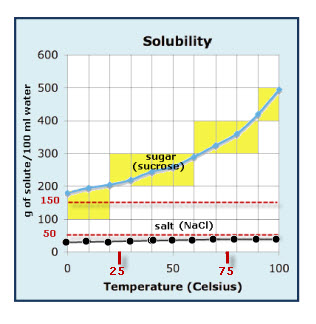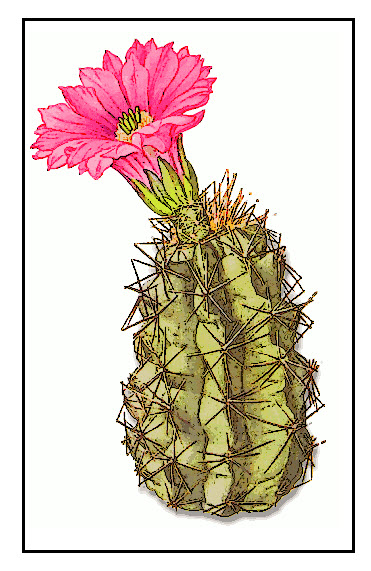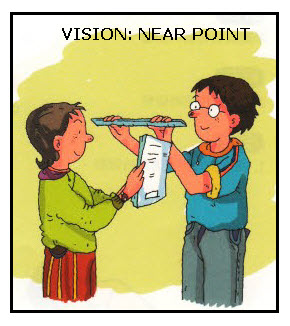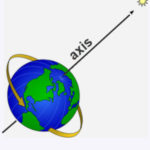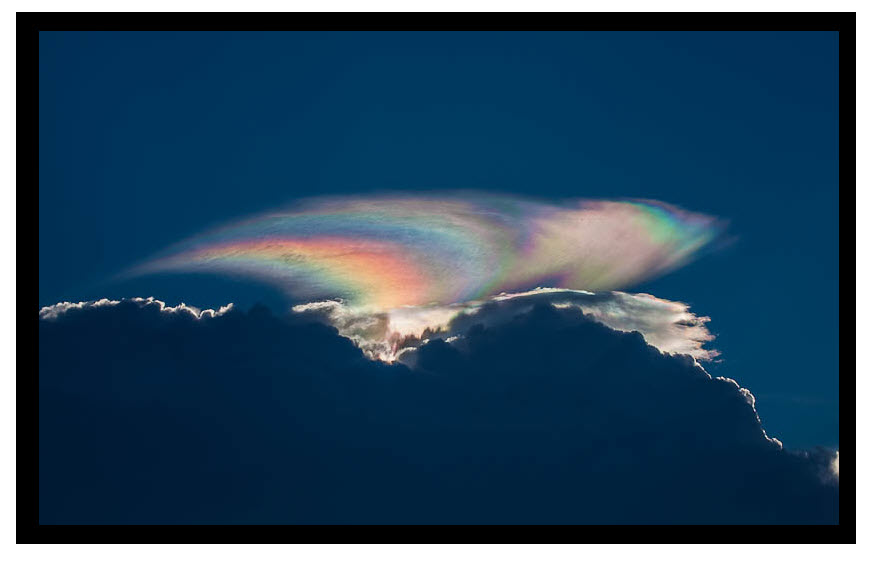Winter is the season of the year between autumn and spring. For many regions on Earth, winter is a time of cold temperatures and in some places ice and snow. Besides observing the shapes of snow crystals, winter is a great time to study the celestial bodies because the sky is generally clearer. Look for […]
Why The Sun Changes Color
Everything about life has to do with science, even the beautiful colors of the sky and the Sun at sunsets and sunrises. Actually the Sun is white. This is because the hot Sun emits all the visible colors of light and when blended together they form white light. Maybe a better way of saying this […]
Solubility Graph
I am always searching for new, fun crystal growing recipes. Crystals of table sugar and table salt are favorites, mainly because the chemicals are so readily available. The solubility graph shown provides information about the amount of sugar and salt that can be dissolved at different temperatures. When you mix sugar and water, the mixture […]
Cross-Linked Polymers
Polymers are chemicals made up of repeating chemical units, called monomers. Polymerization is the process by which monomers attach to each other to form a chain made up of thousands of monomer units. *Styrofoam is the Dow Chemical’s brand name for foamed polystyrene. Cross-linking Single threads of fiber have more uses when twisted together to form rope […]
How Desert Plants Survive
Desert Plant Adaptations and Survival Desert plants have physical and behavioral mechanisms that help them to adapt the climate of the desert. What is a Desert? A desert is a place that most think of as being very hot and arid (dry). Actually, all deserts are arid, but temperature-wise there are both hot and cold deserts. […]
Vision: Near Point
Why People hold books at a distance when reading? The closest distance for distinct, clear vision is called the near point. The general accepted distance is 10 inches (25 cm), but it is less for very young children and people with myopia (farsighted). Discover for Yourself Find the closest point where your eyes can form a […]
What is Pig Iron?
Pig iron is the intermediate product of removing native iron (metalic iron or iron alloy)) from its ore (iron compounds + impurities called slag). Iron Ore + heat——————> Pig Iron [native iron mixed with slag] Pig Iron + heat —————–> Native Iron + Slag (impurities from iron ore) What is Native Iron? To understand the previous statements, […]
Sun-Earth-Moon Model
Let’s Make a Sun-Earth-Moon Model Astronomy is the study of stars, planets, moons, and other celestial bodies in the universe. The vast size and distance between celestial bodies is not easy to understand especially if kids have not mastered basic distance measurements. Many kids understand distance in terms of how long it takes to get to […]
Velocity of Earth’s Rotation
The Earth is in constant motion. As shown in the figure, the northern end Earth’s axis points toward the north star. Thus, Earth spins about it’s axis toward the east. Spinning about an axis is called rotation. The Earth rotates once every 24 hours. It is this motion that causes daylight and nighttime. Calculate the […]
Perception of Color
Vision depends on a small part of the Electromagnetic Spectrum Called Visible Light. The only type of light energy that you can visually perceive is called visual light. Visual light can be broken into seven parts, each part with a different amount of energy, and each amount of energy is perceived as a different color. […]
- « Previous Page
- 1
- …
- 4
- 5
- 6
- 7
- 8
- …
- 96
- Next Page »


